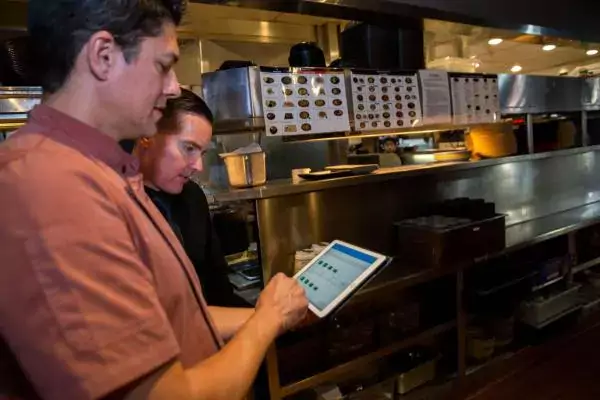Every good business decision is made with an end goal in mind. If you’re a retail executive, you already know this. Maybe the end goal of increasing revenue is what drove your decision to install best-in-class point-of-sale software. Perhaps you’re already drawing insights from metrics that include basket size, gross margin inventory shrinkage and sales per square foot.
That’s certainly a good start, but are you measuring all that you can? Is it possible to improve the quality of your retail data to gain greater insight?
“What’s measured improves.”Peter F. Drucker
Founder of modern management
Improve Data to Improve Retail Metrics
The Greek philosopher Socrates was famous for asking questions in intellectual debate. In what became known as the Socratic method, he would choose a topic, assert a thesis and continually ask questions until a contradiction was exposed.
Since metrics is how you measure data, don’t settle for status quo explanations about your processes. Improve upon your data quality. Push the limit and become the Socrates of your organization. Involve your employees in the discussion.
Here are three examples:
Photo by Lindsey Turner, Flickr
1. Assumed: The average basket size for this daypart is X.
Why is the average basket size X?
Because promotions A, B and C are underway.
Based on historical comparison, why did the average basket size in Store 1 fall under X?
Issue: Because promotion A ran out of inventory and the vendor was not notified.
Aha! Now you’ve identified an exception and have gained an actionable insight.
2. Assumed: Product Z is on promotion, but it’s not selling. Customers must not want it.
Why don’t customers want Product Z?
Because customers usually gravitate toward Product Y instead.
Why do customers gravitate toward Product Y instead?
Because customers are more likely to see Product Y’s display first.
Why do customers see Product Y first and not Product Z?
Issue: There’s an error in planogram execution.
This is the kind of error that would be discovered through a standard retail audit.
3. Assumed: We don’t have a way of measuring footfalls to determine things like conversion percentage.
Why don’t we have the capability to measure footfalls?
Because we don’t have the money to invest in high-end technology like heat maps and shopper cams.
Why don’t we save money and have managers just observe and record foot traffic on their next store visit? We’ll then draw a random sampling from stores.
Issue: Because it would take so much time and paper just to collect those results and enter them into Excel.
Eureka! There’s a mobile app for retail operations that analyzes results and sends exception notifications in real time.
Remember not to make assumptions. Approach data measurement with an open mind, and you’re bound to unlock hidden revenue potential. As Socrates said, “I know one thing: that I know nothing.”
hbspt.cta.load(437357, '6029872a-3b16-44b4-95fc-e512b94676e1', {});
hbspt.cta.load(437357, '5e0457ad-fc20-45ae-b6b3-dd0f2e662958', {});
Subscribe to our blog
You are now subscribed!


